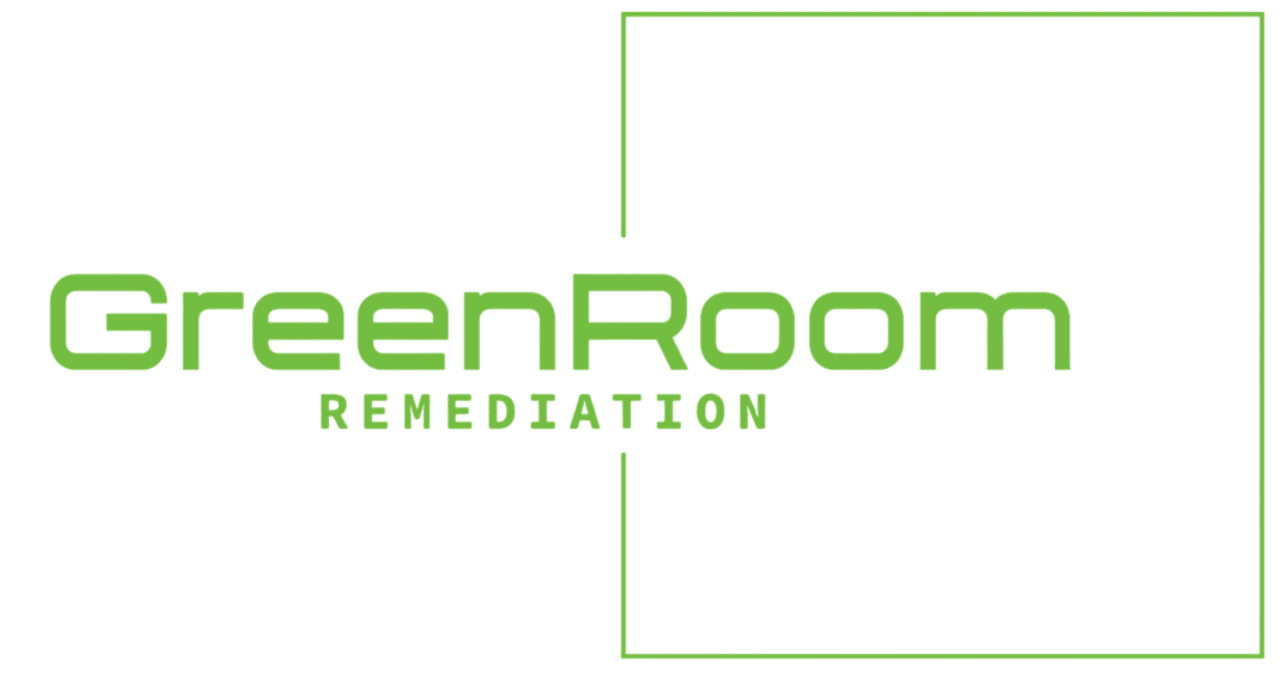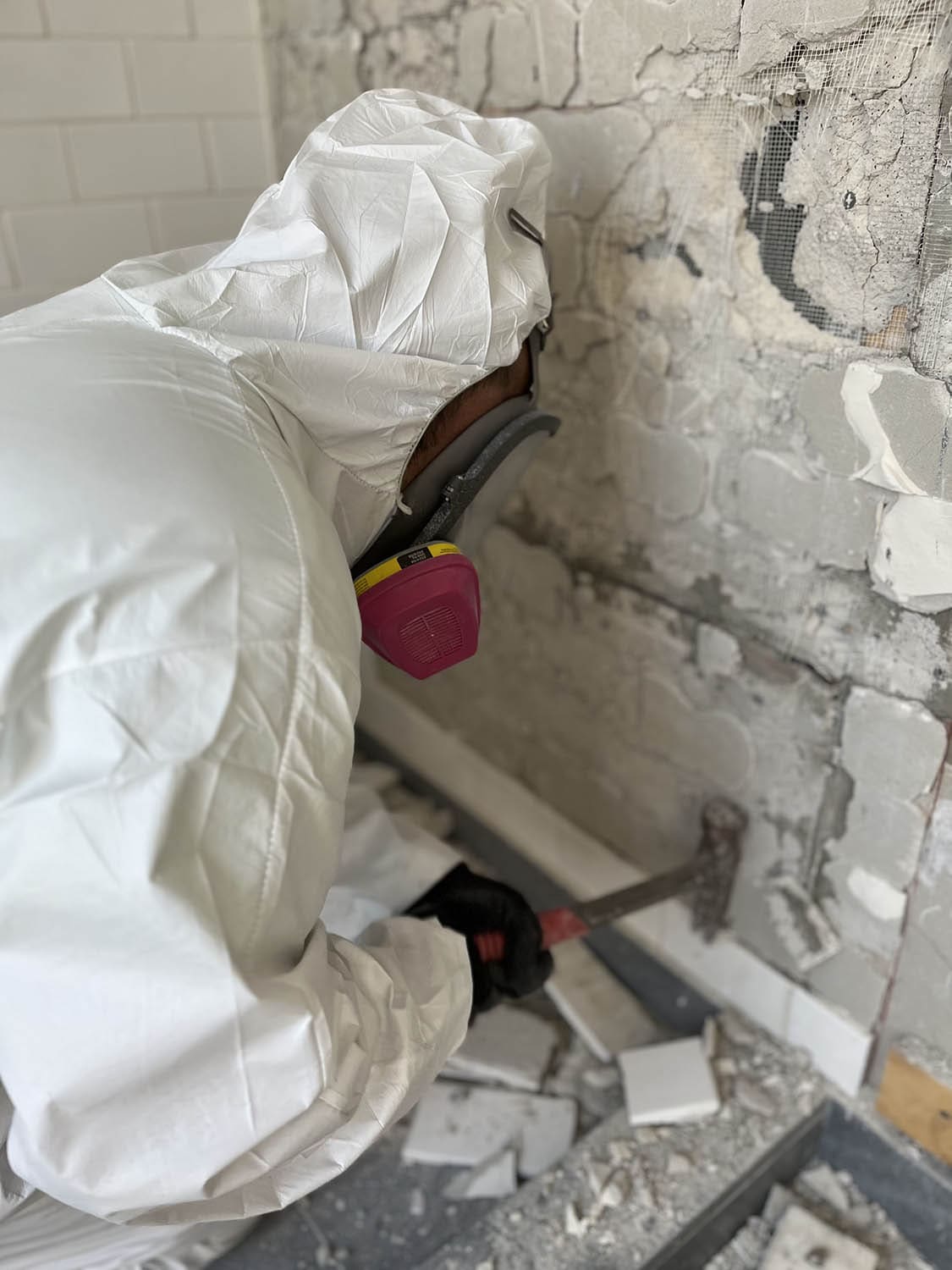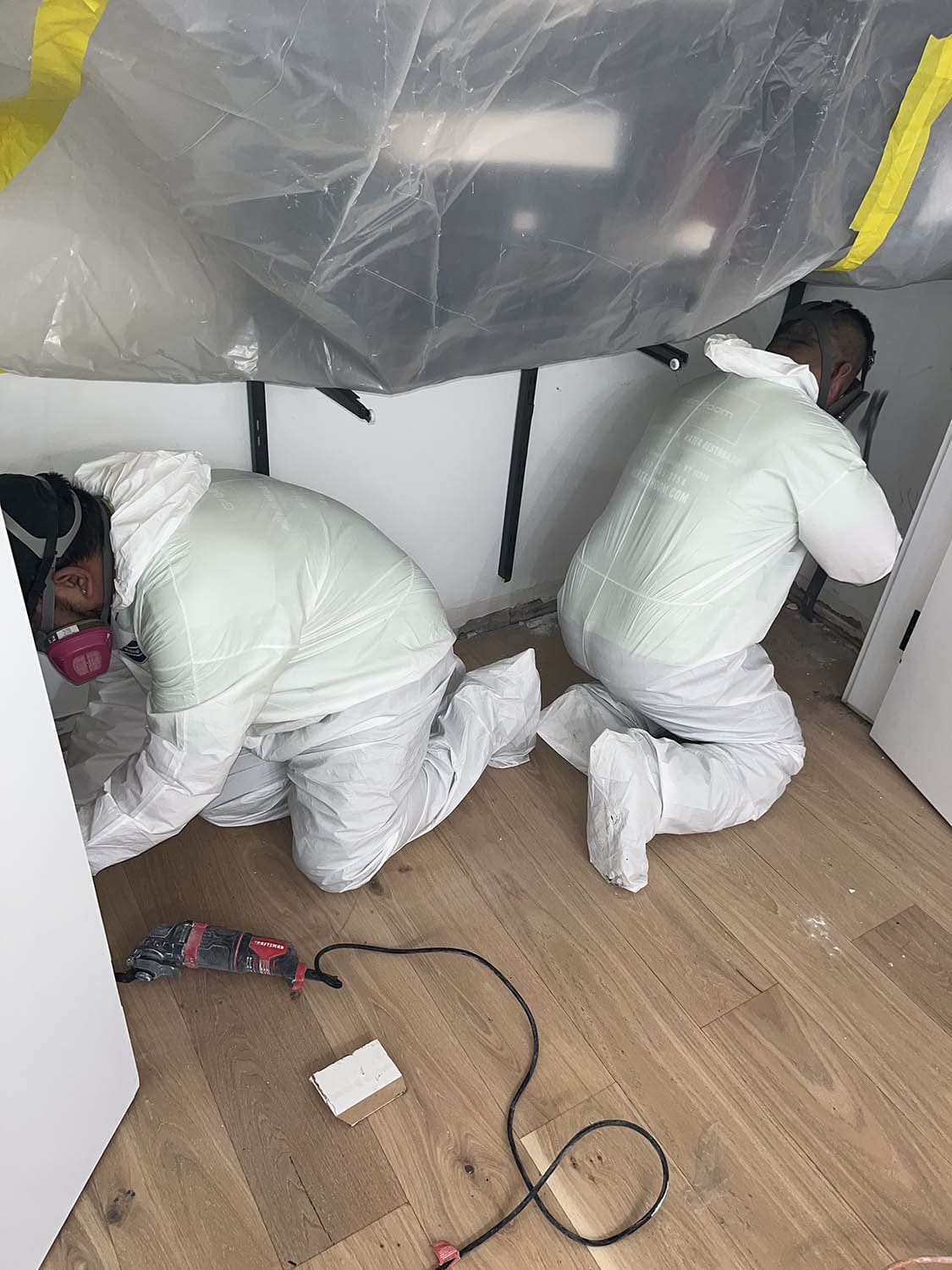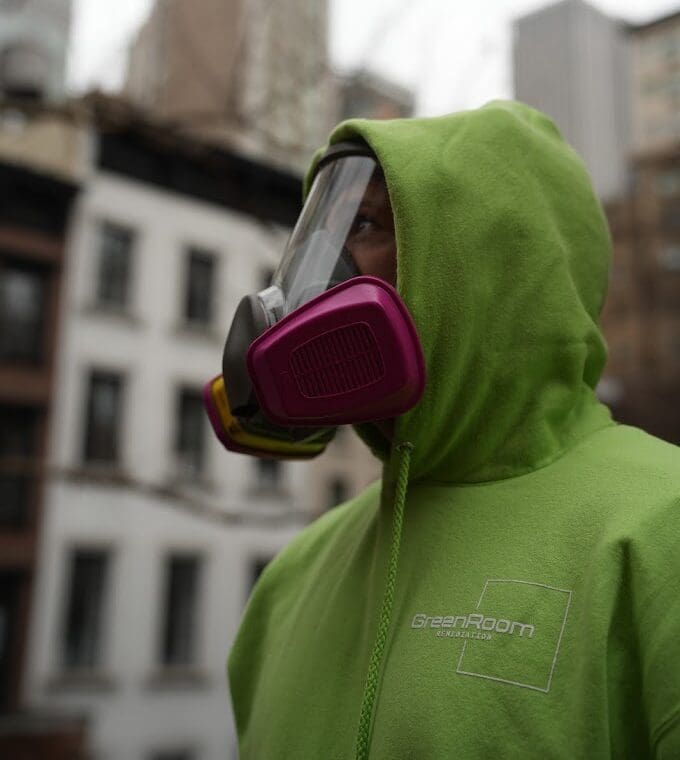
Experience top-tier mold testing and remediation services in New York with our eco-conscious methods and cutting-edge technology—designed to protect your indoor air quality and ensure a healthy environment for your home or business.
Starting At $399
Mold remediation and testing involve identifying, assessing, and safely eliminating mold from your home or office. In compliance with New York State Mold Laws, we conduct professional mold assessments using certified, low-VOC antimicrobial treatments to restore health and safety to your space.
why choose us for Mold Testing
Our NYC mold testing and remediation services provide a complete, certified solution to protect your property. Backed by years of experience and a deep understanding of local regulations, our team uses low-VOC, eco-friendly solutions and the latest technology to deliver safe, effective results—whether you’re a homeowner, landlord, or business owner.
We begin every project with a detailed mold inspection—using moisture meters, air sampling, and surface testing to evaluate contamination levels. From there, we build a remediation plan customized for your space, using EPA-registered biocides and HEPA filtration to eliminate mold at the source and prevent future growth.
Our commitment doesn’t stop at removal. We prioritize transparency and keep you updated throughout the entire mold remediation and testing process. We’ll explain every step, provide lab results when needed, and offer prevention tips so your property stays mold-free and safe long after we leave.
Here’s what you can expect from our licensed mold testing and remediation process, designed to meet New York State compliance and indoor air safety standards:
1
We begin with a detailed mold inspection, including visual analysis, air quality testing, and surface sampling using certified labs. This helps us determine contamination levels and ensure compliance with New York’s mold assessment regulations.
2
Once the extent of the mold problem is determined, measures are taken to contain the affected areas to prevent the spread of mold spores to other parts of the property. This often involves sealing off the contaminated area with barriers and creating negative air pressure to ensure that mold spores do not escape into other areas.
3
The next step is to physically remove the mold from surfaces and materials in the affected area. This may involve cleaning, scrubbing, or even removing and replacing contaminated materials such as drywall, insulation, or carpeting.
4
After the mold has been removed, the area is thoroughly cleaned and disinfected to kill any remaining mold spores and prevent regrowth. Specialized cleaning agents may be used to ensure that all traces of mold are eliminated.
5
Moisture control is essential in preventing mold growth. After the cleaning process, the affected area is thoroughly dried and dehumidified to remove any remaining moisture, which helps prevent future mold problems.
6
In some cases, mold remediation may involve repairing or replacing damaged materials such as drywall, flooring, or insulation. The goal is to restore the property to its pre-contamination condition.




